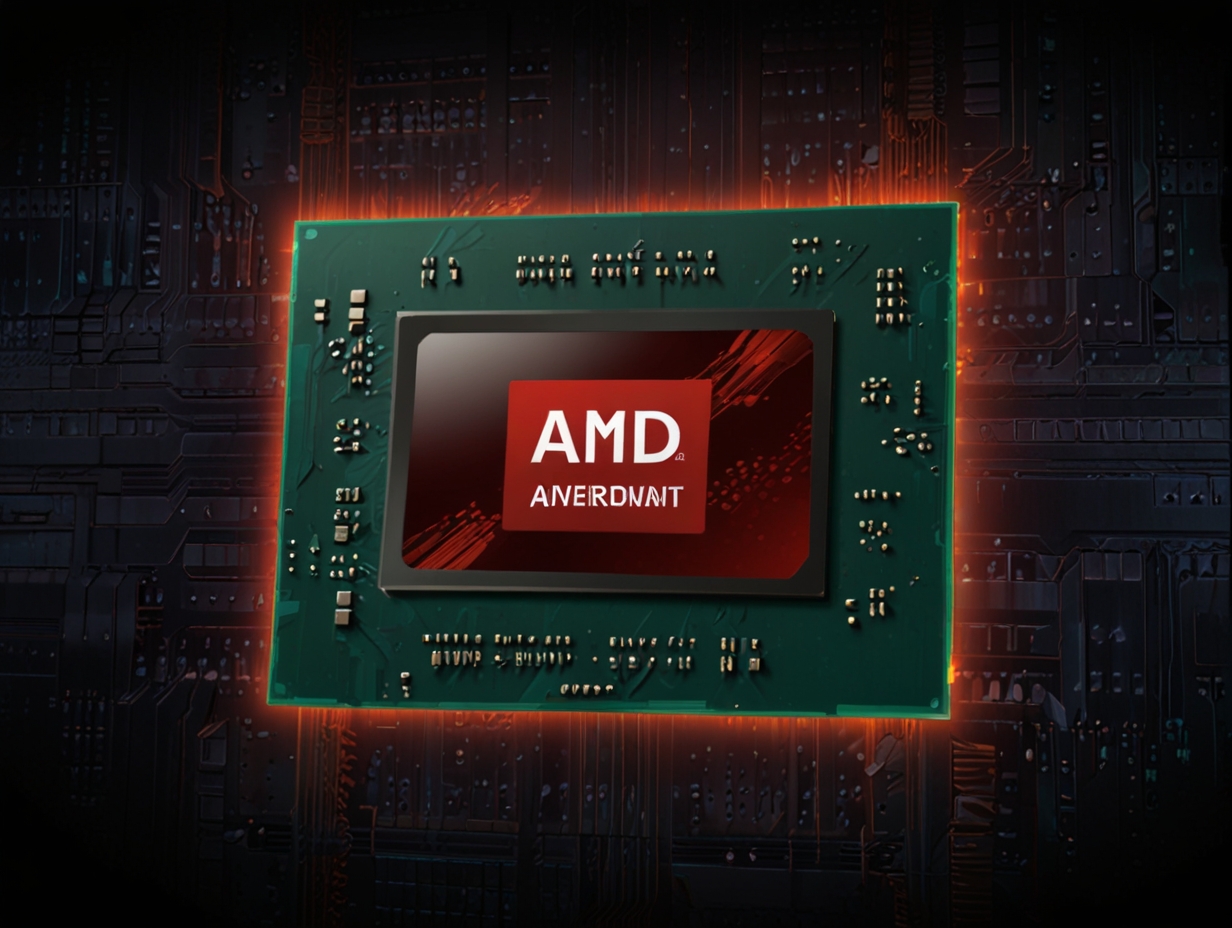With the rise of artificial intelligence (AI), we find ourselves at a transformative moment similar to past technological advancements. The potential of AI is enormous, promising both constructive and destructive consequences. As we grapple with the ethical implications, preparing the next generation to navigate this new world becomes crucial. One way to achieve this is by introducing AI education early in schools, cultivating critical thinking skills, and responsible AI usage.
Embracing the new world order, teaching AI to students from an early age is imperative. Starting at the fourth grade, approximately nine years old, AI education should focus on its social, civic, cultural, and educational aspects, not the technicalities of programming. This approach aims to foster a deep understanding of AI’s potential and responsible use rather than producing child programmers.
Cultivating critical thinking
At a time when critical thinking appears to be waning due to internet usage, AI education offers an opportunity to re-emphasize critical thinking skills in curricula across all subjects. Teaching students how to verify the truth and distinguish between reliable sources and misinformation in AI-driven information is essential. By nurturing critical thinking, young learners can become skilled AI users, making productive, creative, and consequential use of this technology.
Creating a symbiotic relationship with AI
The ultimate goal of AI education is to establish a symbiotic relationship between humans and artificial intelligence. As individuals improve their AI skills, they simultaneously enhance their ability to interact productively with AI. This reciprocal relationship allows humans to leverage AI’s potential while refining AI to serve humanity better.
AI’s potential for both good and bad outcomes cannot be understated. Its applications span various industries, improving performance and functionality in vehicles, appliances, medical equipment, and more. However, as AI’s power grows, so does the risk of misuse and harm. By teaching AI to young students, society can maximize the constructive use of AI while minimizing its negative impact.
Preparation for the future job market
The future job market is rapidly evolving with the advent of AI. The World Economic Forum predicts that AI will create 97 million jobs worldwide by 2025. AI education must be integrated into the curriculum to equip the next generation with the necessary skills. By the time current fourth graders graduate high school in 2031, AI-related jobs will likely be the norm rather than the exception.
Coexisting with AI
AI education benefits not only young students but also the older generation. As we all live in the same AI-driven world, understanding and managing AI becomes imperative for everyone, irrespective of age. Embracing AI’s potential can lead to harmonious coexistence with this transformative technology.
The rise of artificial intelligence presents an unparalleled opportunity to shape the future of humanity. By introducing AI education to young students, we can cultivate critical thinking, promote responsible AI usage, and prepare the next generation for the evolving job market. Encouraging a symbiotic relationship between humans and AI will unlock AI’s potential for the greater good while mitigating potential harm. Embracing AI at an early age will empower students and ensure a smoother transition into a world where AI is an integral part of our daily lives. Just as Bobby Kennedy dreamed of things that never were, we must ask ourselves, “Why not?” as we embrace AI’s potential to transform our world for the better.





